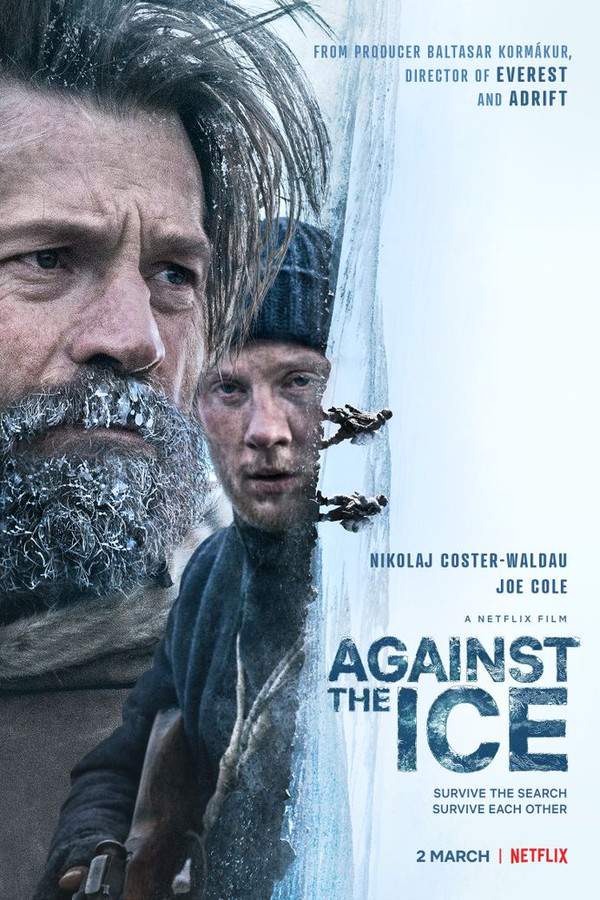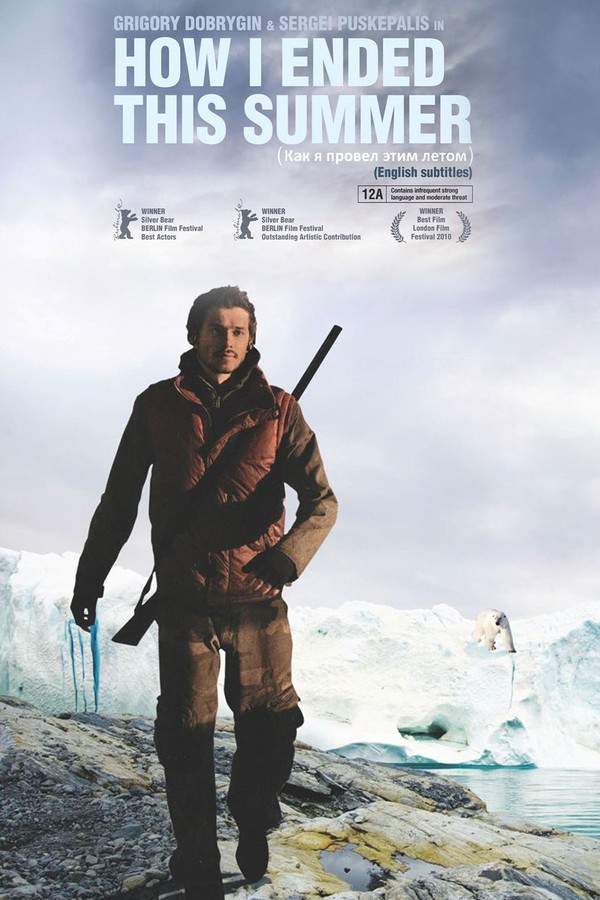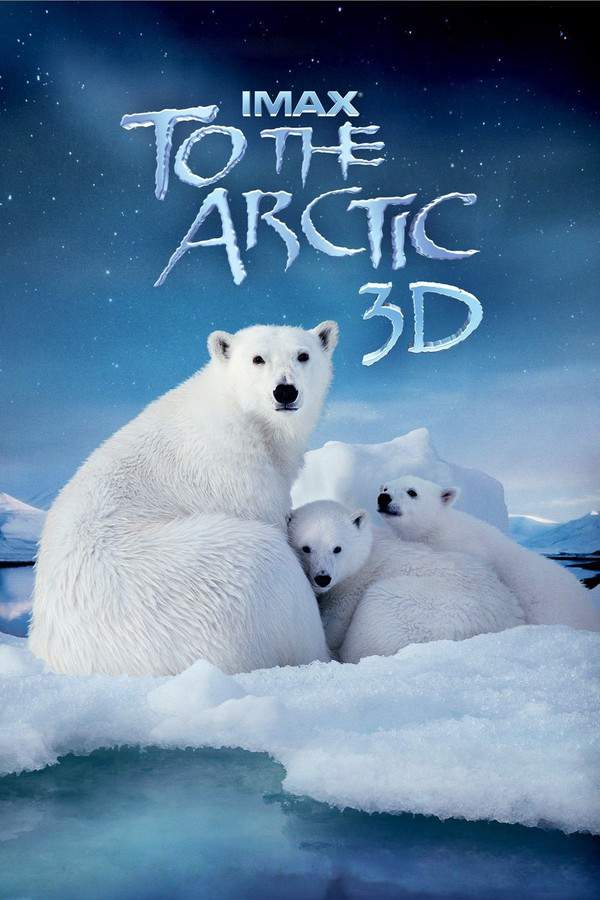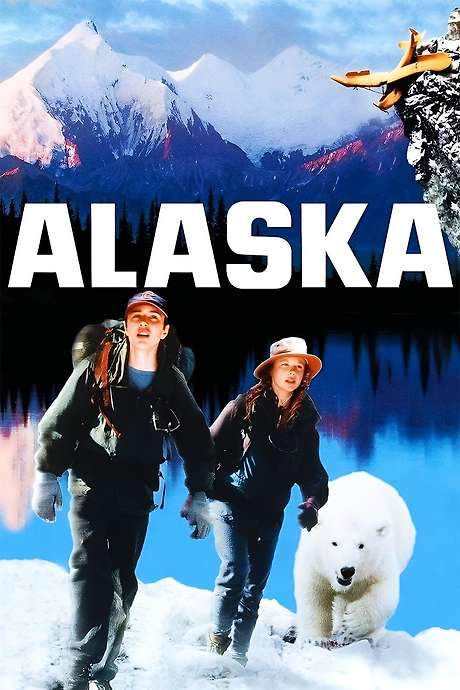Arctic 2019

Stranded in the Arctic after a disastrous plane crash, a man must decide whether to remain in the relative safety of his base camp or embark on a perilous trek across the icy landscape. Battling the harsh elements and facing immense challenges, he struggles to survive in the desolate, frozen wilderness, hoping to escape and find rescue.
Does Arctic have end credit scenes?
No!
Arctic does not have end credit scenes. You can leave when the credits roll.
Meet the Full Cast and Actors of Arctic
Explore the complete cast of Arctic, including both lead and supporting actors. Learn who plays each character, discover their past roles and achievements, and find out what makes this ensemble cast stand out in the world of film and television.
External Links and Streaming Options
Discover where to watch Arctic online, including streaming platforms, rental options, and official sources. Compare reviews, ratings, and in-depth movie information across sites like IMDb, TMDb, Wikipedia or Rotten Tomatoes.
Ratings and Reviews for Arctic
See how Arctic is rated across major platforms like IMDb, Metacritic, and TMDb. Compare audience scores and critic reviews to understand where Arctic stands among top-rated movies in its genre.

The Movie Echo Score
Overall, Arctic delivers a visually striking survival drama anchored by a commanding lead performance. Its unflinching depiction of man versus nature and immersive atmosphere are consistently praised, though the narrative’s adherence to genre conventions and measured pacing leaves limited room for surprise. The film’s strengths in cinematography, performance, and sensory design elevate the simple plot, but its predictability and minimal dialogue temper its overall impact. Net impression: a polished yet straightforward survival tale.
The Movie Echo Score Breakdown for Arctic

Art & Craft
In terms of Art & Craft, the film excels through its controlled visual style and deliberate editing choices. Critics highlight the striking location cinematography that frames the protagonist against vast frozen vistas, while users note each shot is purposeful with no wasted frame. The production design reinforces the inhospitable setting. Overall, the visual execution remains a central strength.

Character & Emotion
When it comes to Character & Emotion, the film is driven by a commanding lead performance. Observers praise the magnetic expressiveness that conveys suffering, empathy, and subtle humor with minimal dialogue. The actor’s nuanced physicality and emotional restraint create a believable survival journey. Ultimately, the central portrayal provides a powerful emotional anchor for the narrative.

Story & Flow
In terms of Story & Flow, the narrative adheres closely to familiar survival conventions without significant innovation. Reviews note the smart yet skeletal script and measured pacing, though some viewers find the progression predictable and occasionally tedious. The coherence remains intact despite minimal subplots, but the lack of dramatic surprises limits sustained suspense. Net effect: a competently structured but unadventurous tale.

Sensory Experience
When it comes to Sensory Experience, the film immerses through its atmospheric soundscape and stark visual composition. The quiet score and restrained sound design amplify the tension of the arctic environment, complemented by crisp, cold imagery that conveys isolation. The cohesive blending of visual and aural elements fosters an engrossing mood. Overall, the sensory design effectively reinforces the film’s tone.

Rewatch Factor
In terms of Rewatch Factor, the film’s minimalist structure and deliberate pace may not encourage frequent revisits. While the compelling central performance and striking visuals could attract viewers back, the predictability of the plot and lack of narrative complexity may limit repeated engagement. Overall, the movie offers modest lasting appeal on subsequent viewings.

71
Metascore
6.9
User Score


91%
TOMATOMETER

79%
User Score

6.8 /10
IMDb Rating

65
%
User Score

3.5
From 41 fan ratings

3.29/5
From 7 fan ratings
Take the Ultimate Arctic Movie Quiz
Challenge your knowledge of Arctic with this fun and interactive movie quiz. Test yourself on key plot points, iconic characters, hidden details, and memorable moments to see how well you really know the film.
Survival in the Arctic: Test your knowledge on the gripping survival tale of Overgård in the Arctic wilderness.
What is the main character's name in the movie 'Arctic'?
Overgård
Mads
Tintrinai
Maria
Show hint
Full Plot Summary and Ending Explained for Arctic
Read the complete plot summary of Arctic, including all major events, twists, and the full ending explained in detail. Explore key characters, themes, hidden meanings, and everything you need to understand the story from beginning to end.
Overgård, portrayed by Mads Mikkelsen, finds himself isolated in the unforgiving Arctic Circle, trapped within the wreckage of his plane while he eagerly awaits rescue. His existence has dwindled to a monotonous routine: tending to fishing lines, meticulously mapping his barren surroundings, and operating a hand-crank dynamo to send out a distress beacon at the same time each day from a nearby peak. To signal for help, he has painstakingly carved a large “SOS” sign in the snow near his downed aircraft. Having already suffered frostbite and lost a couple of toes to the extreme cold, his situation grows increasingly dire.
One fateful day, a polar bear invades his precious stash of fish, which he has been struggling to catch through ice fishing in icy waters. Just when hope seems dim, a helicopter responds to his distress signal. However, as it attempts to land amidst a violent ice storm, it tragically crashes. The pilot, played by Tintrinai Thikhasuk, loses his life in the ordeal, while the sole passenger, Maria Thelma Smáradóttir, is left severely injured and unconscious.
Determined to save her, Overgård tends to her wounds, ingeniously using staplers to close a deep gash in her abdomen, and transports her to his plane using a sled crafted from the helicopter door. Despite the language barrier, with her being a Thai national who speaks no English, she shows signs of life by squeezing his hand. Overgård returns to the wreckage of the helicopter to search for supplies. He buries the pilot and uncovers food, a propane cooking stove, medical gear, a sled hidden away, and a map of the area that indicates the nearest safe haven—far from reach.
Despite the woman’s critical condition worsening and the antibiotics running low, Overgård resolves to embark on a perilous journey to the seasonal refuge marked on the map, dragging her in the sled behind him. After three grueling days, he arrives at a flag position he had set up earlier, at the edge of his previous explorations. However, he encounters an unmarked steep slope on the map and despite multiple failed attempts to hoist her upward using ropes, he is forced to take a longer and more treacherous route, knowing that this decision will delay their rescue by several days.
Their arduous trek leads them to take shelter in a cave one night, only to be confronted by yet another polar bear lured by the smell of their cooking fish. Utilizing a distress flare, he successfully fends off the bear, but the following day sees the woman’s deteriorating condition and his own fingers beginning to suffer frostbite. In a moment of despair, believing she may be dead or slipping away, he sadly leaves her behind to continue alone, ensuring she has the cherished photo of her family tucked away with her.
As fate would have it, he soon finds himself falling into a crevasse, knocking himself unconscious. Regaining consciousness, he finds one of his legs trapped under a boulder. Struggling against pain and injury, he finally frees himself and makes his way back to the woman’s sled, where he discovers to his relief that she is still alive. Overwhelmed with guilt, he resolves to continue their treacherous journey together, despite his leg’s injuries.
Just when Overgård feels he is nearing the end of his strength, he spots a helicopter in the distance. With a dwindling flare supply, he desperately tries to signal the crew, even lighting his parka on fire in hopes of attracting their attention. Alas, the helicopter takes off, leaving him feeling defeated as he lies next to the woman, holding her hand and preparing himself for what seems like the end. But in a twist of fate, as he closes his eyes, the helicopter unexpectedly lands behind them, signaling a glimmer of hope amidst their harrowing ordeal.
Uncover the Details: Timeline, Characters, Themes, and Beyond!

Coming soon on iOS and Android
The Plot Explained Mobile App
From blockbusters to hidden gems — dive into movie stories anytime, anywhere. Save your favorites, discover plots faster, and never miss a twist again.
Sign up to be the first to know when we launch. Your email stays private — always.
Watch Trailers, Clips & Behind-the-Scenes for Arctic
Watch official trailers, exclusive clips, cast interviews, and behind-the-scenes footage from Arctic. Dive deeper into the making of the film, its standout moments, and key production insights.
Arctic Themes and Keywords
Discover the central themes, ideas, and keywords that define the movie’s story, tone, and message. Analyze the film’s deeper meanings, genre influences, and recurring concepts.
Arctic Other Names and Titles
Explore the various alternative titles, translations, and other names used for Arctic across different regions and languages. Understand how the film is marketed and recognized worldwide.
Similar Movies To Arctic You Should Know About
Browse a curated list of movies similar in genre, tone, characters, or story structure. Discover new titles like the one you're watching, perfect for fans of related plots, vibes, or cinematic styles.
Quick Links: Summary, Cast, Ratings, More

What's After the Movie?
Not sure whether to stay after the credits? Find out!
Explore Our Movie Platform
New Movie Releases (2025)
Famous Movie Actors
Top Film Production Studios
Movie Plot Summaries & Endings
Major Movie Awards & Winners
Best Concert Films & Music Documentaries
Movie Collections and Curated Lists
© 2025 What's After the Movie. All rights reserved.




































